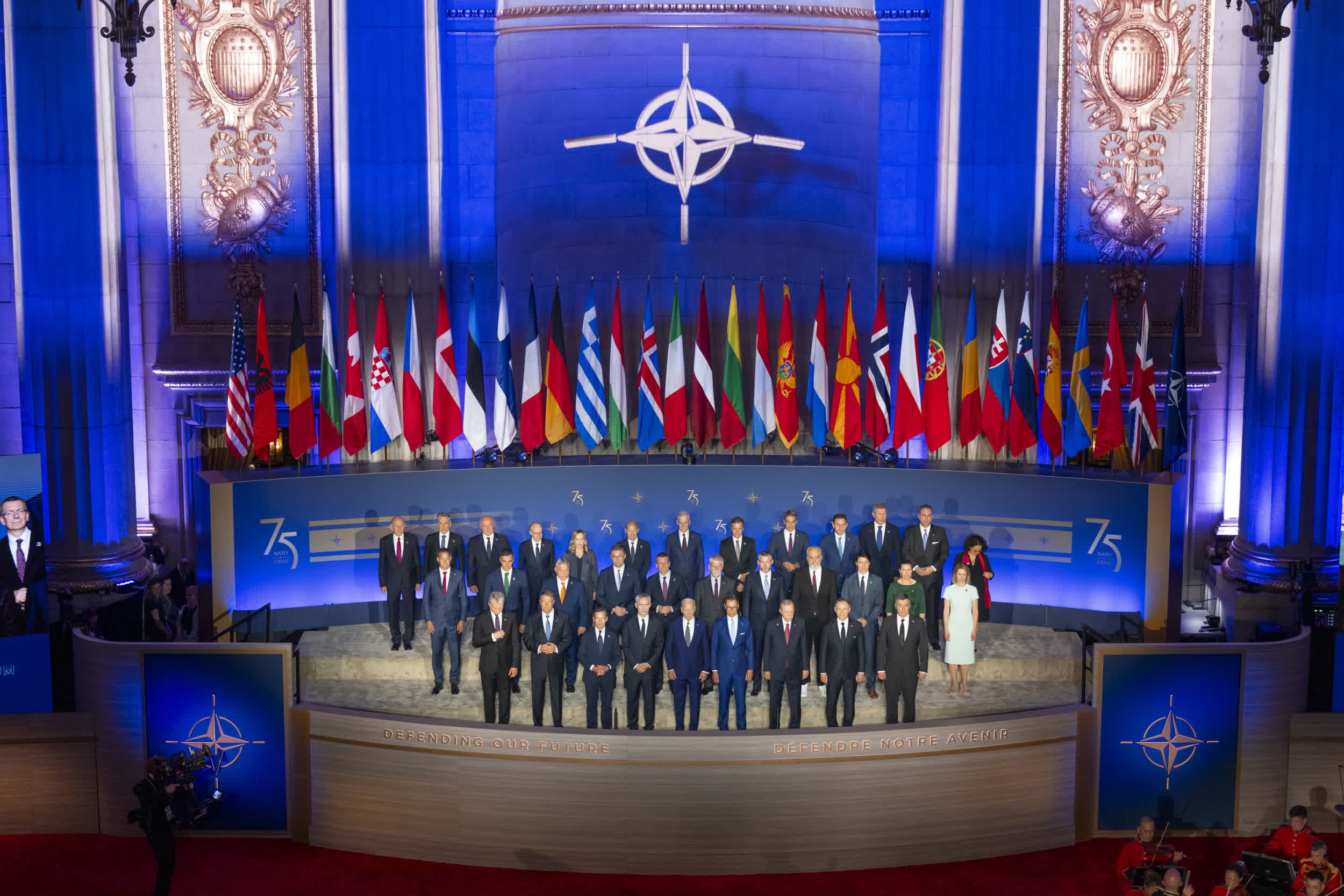Digital Warfare: The threat to undersea cables from adversarial forces is growing, prompting NATO to take action. The Alliance is working on an Unmanned Surface Vehicle (USV) to deter future sabotage. Experimental testing will commence even before political agreements among member countries are concluded.
The North Atlantic Treaty Organization is strategizing to deploy USVs that will patrol crucial naval regions. These drones will initially enhance NATO’s capabilities for sea surface monitoring, with plans to extend their operations to include underwater surveillance.
Admiral Pierre Vandier, NATO’s commander for concepts and transformation, indicates that the USV fleet will operate akin to CCTV networks in urban, high-crime areas. While the project is in its nascent stages, NATO’s maritime central command (MARCOM) has shown strong support for the initiative.
The USVs will be tailored to shield undersea telecom infrastructure on the seabed in regions such as the Baltic and Mediterranean seas. These locations have been recently targeted by unknown saboteurs who physically damaged two cables. NATO accuses Russia, citing past warnings about the threat to Western communications through attacks on undersea fiber optic cables by Putin’s regime.

Admiral Vandier pointed out that the technology needed for NATO’s USV fleet already exists. He spotlighted Task Force 59, the US Navy’s first dedicated unit for unmanned systems and AI, as the model for the new fleet. Since its establishment in 2021, Task Force 59 has been operating in the Middle East to form a robust surveillance network that supports manned vessels. Its drones gather sensor data, while AI processes surface activity to provide real-time intelligence.
Task Force 59’s drone squadron has operated safely and efficiently in the Gulf over the years, proving the effectiveness of unmanned technology in real-world scenarios. “The technology is both known and available, so the focus is more on adoption than development,” he noted.
Vandier’s team plans to roll out the NATO surveillance fleet before the next NATO Summit in June, set to take place in the Netherlands. The immediate goal is to engage in “experimental” discussions about the project and then work with NATO partners and member states to fully realize and execute the plan.




